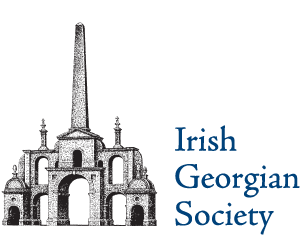
The Language of Architectural Classicism
Edward McParland
Regular price €44.05
2024, Lund Humphries
288 pages, Hardback
Classicism is ubiquitous, from the facade of Selfridges to the letterhead of The Times, to the pedimented porches of neo-Georgian housing estates. This book invites readers to discover in their surroundings a rich language of form which is there to be revealed.
It discusses the pleasures and problems of post-medieval architectural classicism, both its rigour and flexibility, its perfections and incompleteness, its continuities and innovations, and its expressiveness - from the camp to the sublime, and from originality to plagiarism. Abandoning conventional chronological, biographical or stylistic arrangements, the book makes connections between familiar art historical periods, focusing on looking closely at the buildings and their details, from which useful generalisations emerge.
The book discusses how Renaissance architects, when faced with the bewildering variety of classical antiquity, produced canonical versions of the orders and thus a systematic method of designing in the antique manner. It asks how the highly regulated language of classicism can sustain the originality of a Michelangelo, a Soane or a John Simpson and looks at the human body in relation to classical architecture. It examines the various treatments of the wall and of lettering on classical buildings, before concluding with a chapter on architectural backgrounds in Quattrocento art, revealing how this can lead to a different kind of looking at painting and sculpture.
Edward McParland is an Irish architectural historian and author of several books, including James Gandon (1985) and Public Art in Ireland, 1680-1760 (2001). He was elected as Pro-Chancellor of University of Dublin, Trinity College in 2013. McParland is the co-founder of the Irish Architectural Archive which was established in 1976, and he has contributed extensively to architectural conservation in Ireland.



